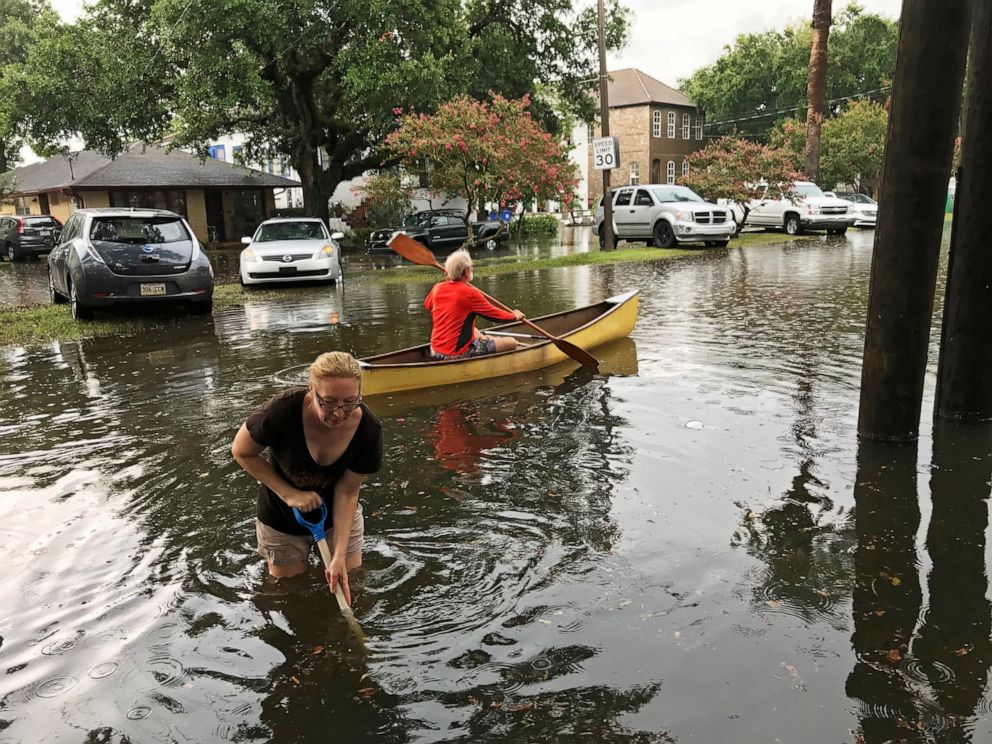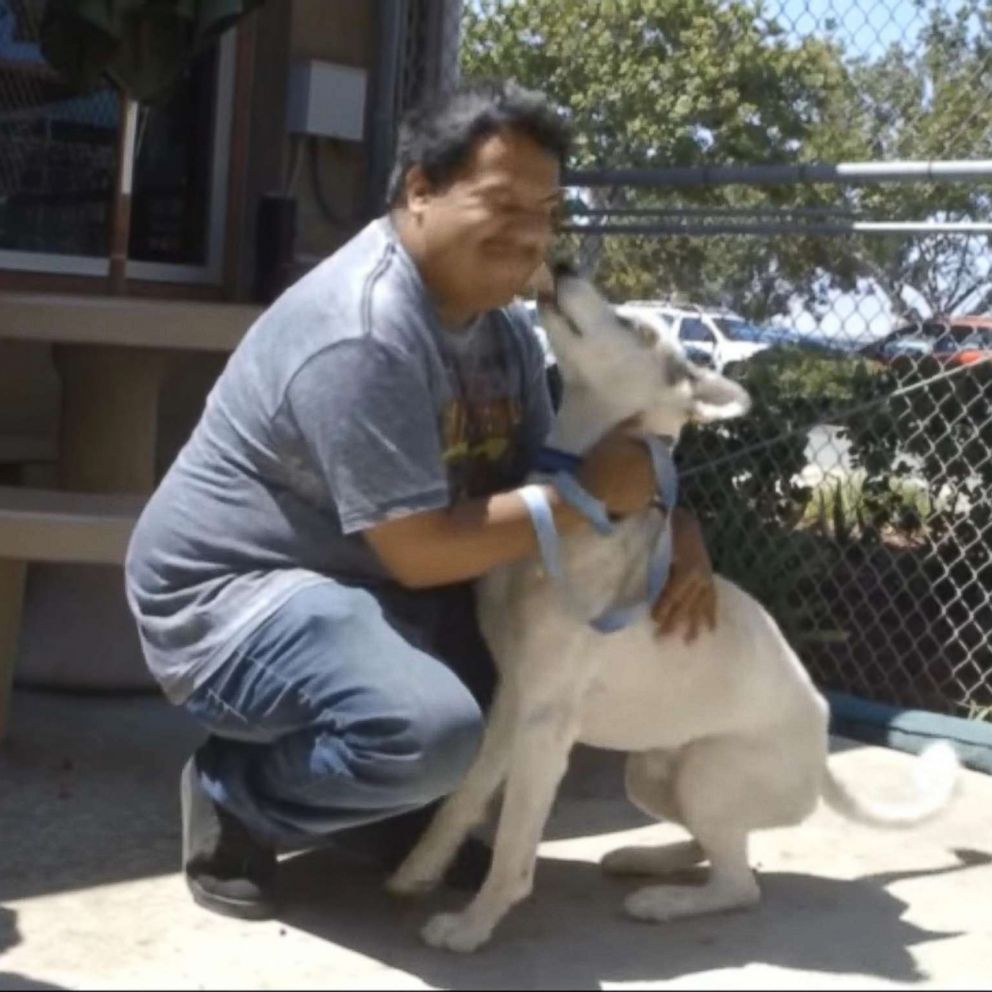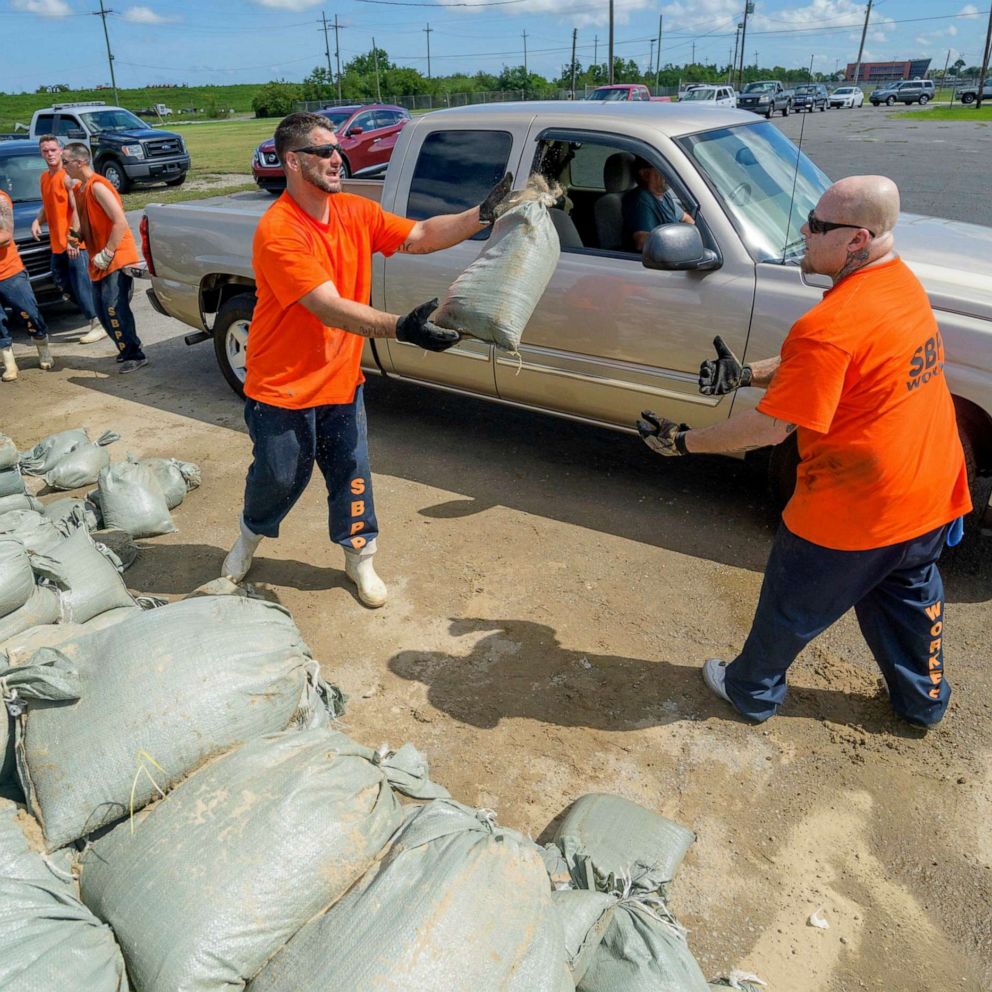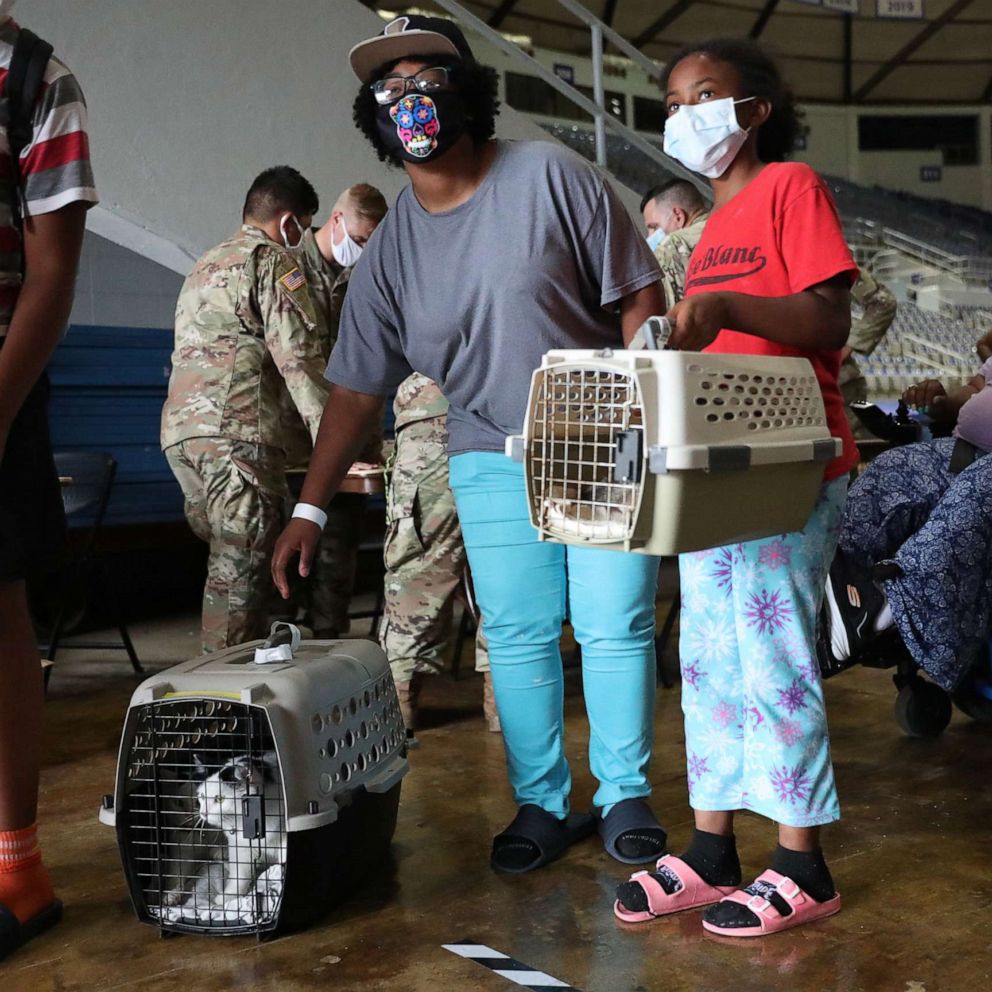How you can protect your pets during an evacuation as Tropical Storm Barry targets Louisiana
Being prepared can mean the difference between life and death for pets.
Evacuations are underway in some coastal areas of Louisiana as a Tropical Storm Barry threatens the state.
In New Orleans, heavy rains have already led to street flooding, stranded drivers and flooded homes. As much as 9 inches of rain fell in the city, with more to come.
The severe weather is a threat to not just humans, but their pets too.

The Humane Society of the U.S. has already stepped up to provide residents with tips on keeping their pets safe during flooding and evacuations.
Here are steps to help protect your pets as the Gulf Coast braces for severe weather.
1. Make an evacuation plan for your pets
The Humane Society recommends evacuating with your pet, noting, "If it isn't safe for you, it isn't safe for your pets."
Remember, though, that not all public shelters accept pets. Ask your local animal shelter, veterinarian or emergency management office where you can go with your pet.
If no shelters in your area accept pets, plan ahead of time to take your pet to a veterinarian's office or to friends and family who live outside of the evacuation zone.
The Humane Society also has a list of websites to visit to find pet-friendly lodging in your area.
2. Assemble a pet supplies kit
The Department of Emergency Management in Florida, a state well-versed in storms, advises creating a portable kit, stored in a sturdy container, stocked with supplies for your pet including medications, leashes and/or carriers, current photos of your pet, food (including a can opener as needed), potable water and water bowls, toys and beds (if transportable), veterinarian contact information and a list of your pet's feeding schedule, medical conditions and any behavior problems.
3. Keep your pets' IDs up to date
Make sure that cats and dogs are wearing collars and identification tags that are up to date and that include your cell phone number and the phone number of a friend of relative outside of your area, recommends the Humane Society.
4. Bring pets inside
If you are not in an evacuation zone, bring pets indoors as the storm approaches so you can evacuate or shelter inside at a moment's notice. As you evacuate, keep pets either on a leash or in a carrier at all times.
5. Include pets in your 'safe area'
The Humane Society tells pet owners to include their pets in the safe area of the home where they are sheltering too during the storm.
The "safe room" in the house is where pets' emergency supplies should be stored as well, including food and water, medications and crates.
For cats, make sure "unsafe nooks and crannies" in the home are sealed off so frightened cats do not have a place to hide.
6. Monitor and leash pets after the storm
After the storm, pet owners are advised to keep their animals leashed as they readjust to their surroundings, according to the Humane Society.
Pets may also be disoriented after being evacuated or enduring the hurricane, so pet owners are advised to be patient.
"Try to get them back into their normal routines as soon as possible," the Humane Society advises, noting that pets with persisting behavioral or medical problems should be evaluated by a veterinarian.
7. Make a plan for larger animals, too
This includes horses, pigs, and other livestock.
If you can evacuate with them or bring them to a safer farm, you should absolutely do so. Try to get them to higher ground if flooding is expected.
When putting together a kit of food and water for them, buy gallons in order to be prepared.
As for tagging your animals, be gentle, but you can get creative like painting your name and number on the side of a horse with paint that's not toxic and chemical-free.
If you can't evacuate your large animal, in this case, do not lock them up in a confined space. Let them roam somewhere that's considered somewhat free so if there's major destruction and flooding and you can't get to them, they can hopefully escape to shelter.
ABC News' Michael Rothman, Mark Osborne and Daniel Manzo contributed to this report.







